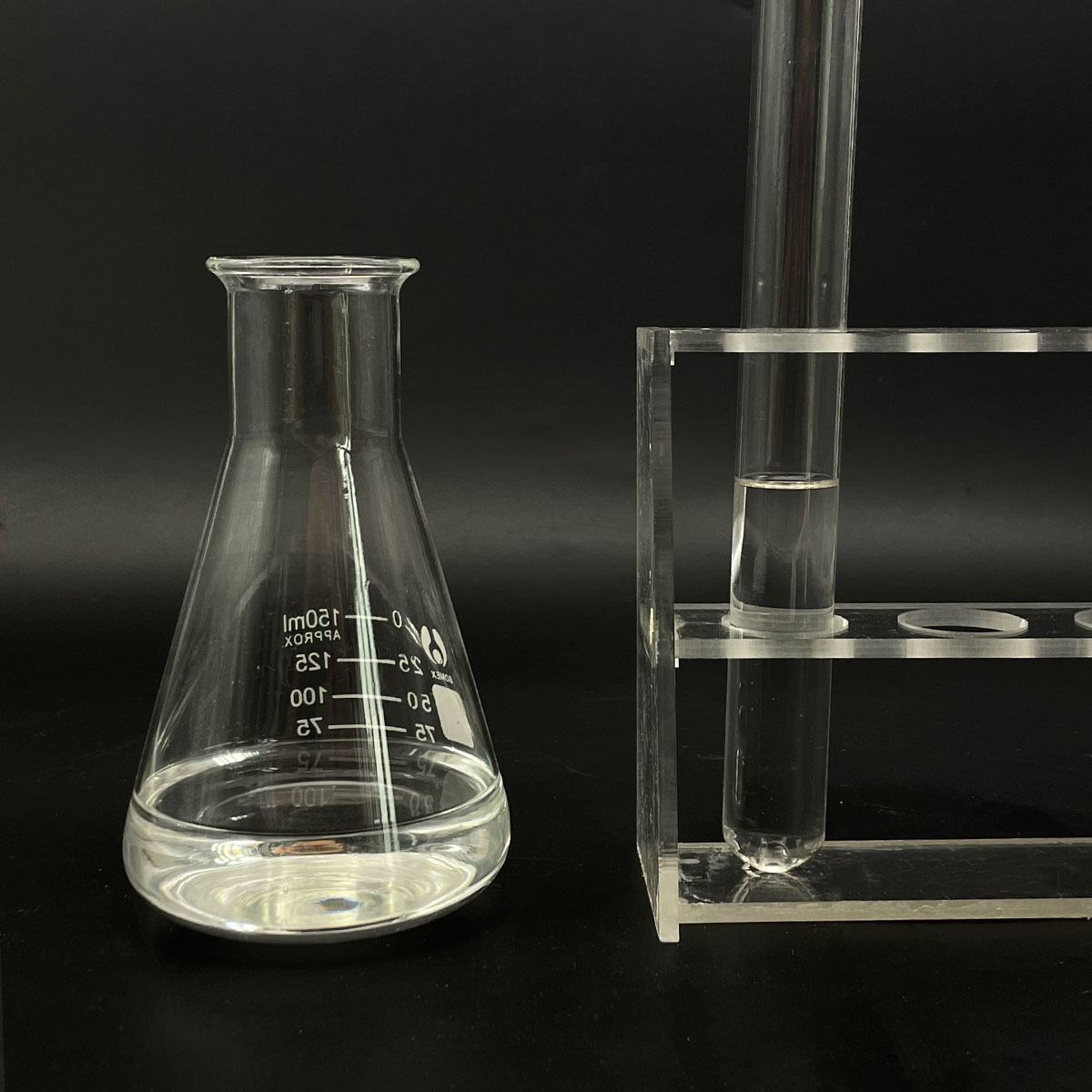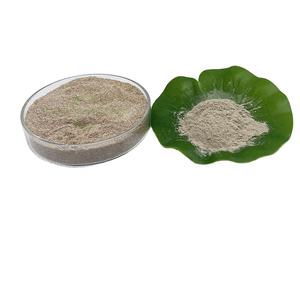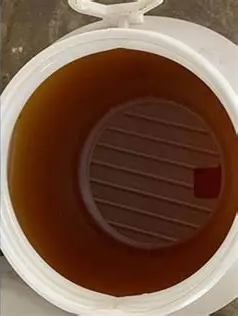1. Introduction
In the past 48 hours, a new study published by the European Chemicals Agency (ECHA) has reignited public interest in common cosmetic ingredients, particularly sodium lauryl sulfate (SLS), due to updated safety assessments on skin sensitization. As consumers increasingly scrutinize product labels, understanding what SLS really is—and how it stacks up against alternatives like alkyl polyglucoside, decyl glucoside, or sodium cocoyl isethionate—has never been more relevant.

Sodium lauryl sulfate, also known as sodium dodecyl sulfate (SDS), is one of the most widely used anionic surfactants in everything from shampoos and toothpastes to industrial cleaners and even herbicide formulations. But what exactly does it do, and why is it so common? Let’s break it down in plain terms.
2. What Is Sodium Lauryl Sulfate?
Sodium lauryl sulfate (SLS), sometimes labeled as sls sodium lauryl sulfate, na lauryl sulfate, or natrium lauryl sulfate, is a synthetic surfactant derived from lauryl alcohol (also called dodecyl alcohol). Its chemical formula is C12H25SO4Na, and it’s classified as an anionic surfactant because it carries a negative charge in solution.
The meaning of surfactant is simple: it’s a surface-active agent that reduces surface tension between liquids or between a liquid and a solid. This allows products to spread, foam, and lift away oils and dirt more effectively. SLS excels at this, which explains its prevalence in foaming products like shampoos, body washes, and dish soaps.
3. How SLS Compares to Other Surfactants

Not all surfactants are created equal. While SLS is powerful and cost-effective, it can be harsh on sensitive skin. That’s why many brands now blend it with milder alternatives or replace it entirely.
- Sodium laureth sulfate (also called sodium lauryl ether sulfate or sodium lauryl ether sulphate) is a gentler cousin of SLS. It’s ethoxylated, meaning it’s been treated with ethylene oxide to reduce irritation. You’ll often see it listed as sls sodium laureth sulfate or laureth sulphate—but note: despite the similar name, it’s chemically distinct from SLS.
- Amphoteric surfactants like cocamidopropyl betaine (also known as coco betaine, amidopropyl betaine, or coco amido propyl betaine) are often added to formulations to reduce the harshness of anionic surfactants like SLS. They work well in combination and boost foam stability.
- Non-ionic surfactants such as polysorbate 80, Span80, Pluronic 127 (poloxamer 188), and ethoxylated alcohols don’t carry a charge and are commonly used in herbicides, wetting agents for grass, and lawn care products. They’re also key in bio surfactants derived from renewable sources.
- Bio-based options like decyl glucoside, coco glucoside, and alkyl polyglucoside offer eco-friendly, skin-friendly alternatives. Similarly, sodium lauroyl sarcosinate, lauroyl sarcosinate, sodium cocoyl glutamate, and sodium coco sulfate (sometimes called coco sodium sulfate) are gaining traction in ‘sulfate-free’ personal care lines.
4. Common Uses Beyond Personal Care
While most people associate SLS with shampoo or toothpaste, it’s also widely used in agriculture. As a surfactant for herbicides or weed killer, SLS helps active ingredients stick to and penetrate waxy plant leaves. It acts as a lawn wetting agent or wetting agent for grass, improving the spread and absorption of sprays.

Other industrial surfactants include sodium dodecylbenzene sulfonate (a heavy-duty cleaner), lignin sulfonate (used in dispersants), and cetyl trimethyl ammonium bromide (CTAB)—a cationic surfactant often used in labs. Note that cationic surfactants like CTAB (or cetyltrimethylammonium bromide) carry a positive charge and are generally not mixed with anionic ones like SLS due to incompatibility.
Interestingly, methylated seed oil is another common surfactant for herbicides, often preferred for its biodegradability over synthetic options like SLS.
5. Safety, Misconceptions, and Market Trends
Despite viral claims online, SLS is not the same as sodium laureth sulfate, nor is it inherently toxic when used as directed. Regulatory bodies like the FDA and EU SCCS consider it safe in rinse-off products at typical concentrations (usually under 1–2%). However, it can cause irritation in people with sensitive skin or conditions like eczema.
The market is shifting toward milder blends. Many premium shampoos now use sodium lauroyl methyl isethionate or sodium cocoyl isethionate instead of SLS. Brands are also avoiding the ‘sls sulfate’ label altogether, opting for anionic surfactants that are less stripping.
For those seeking sodium lauryl sulfate for sale, it’s readily available from chemical suppliers like Rohit Surfactants Private Limited—but always verify purity and intended use (cosmetic vs. industrial grade).
6. Conclusion
Sodium lauryl sulfate remains a workhorse surfactant thanks to its effectiveness and low cost, but it’s just one player in a diverse field. From anionic and cationic to non-ionic and amphoteric types—including newer bio surfactants—the surfactant landscape offers solutions for every need, from gentle facial cleansers to powerful herbicide enhancers. Understanding these differences empowers you to choose products that align with your skin’s needs and environmental values.
Our Website founded on October 17, 2012, is a high-tech enterprise committed to the research and development, production, processing, sales and technical services of ceramic relative materials such as Understand. Our products includes but not limited to Boron Carbide Ceramic Products, Boron Nitride Ceramic Products, Silicon Carbide Ceramic Products, Silicon Nitride Ceramic Products, Zirconium Dioxide Ceramic Products, etc. If you are interested, please feel free to contact us.


